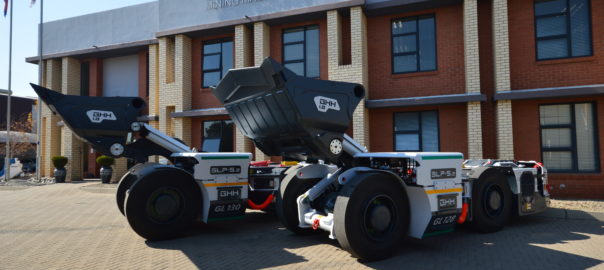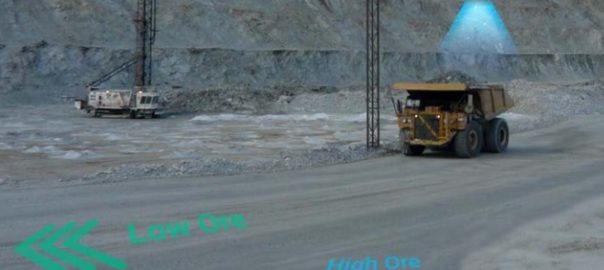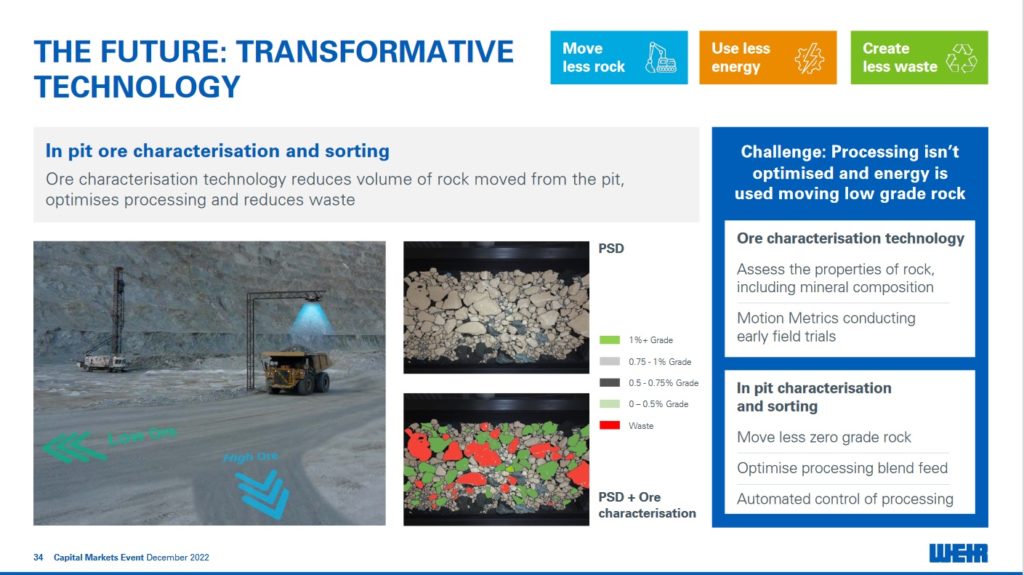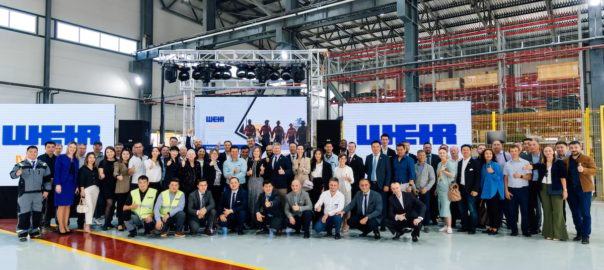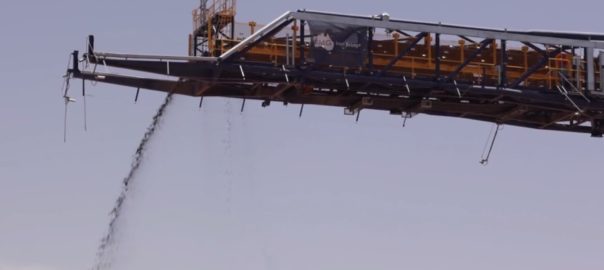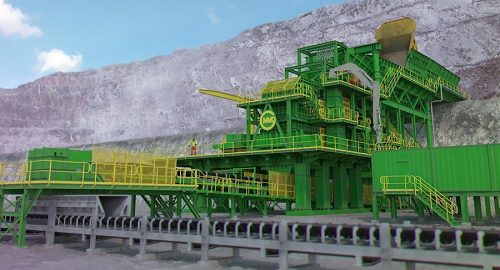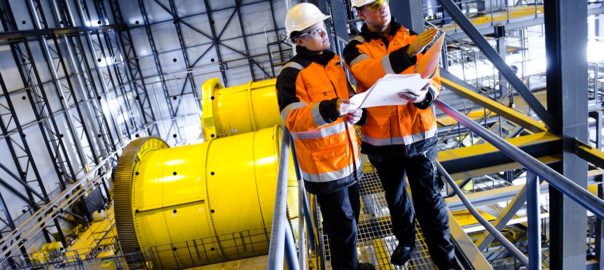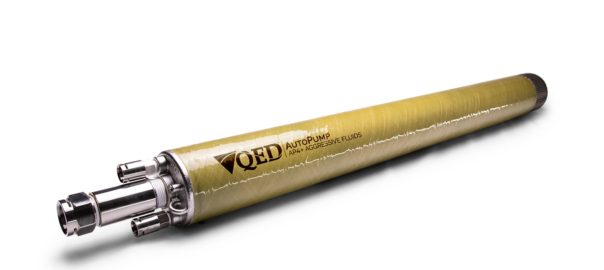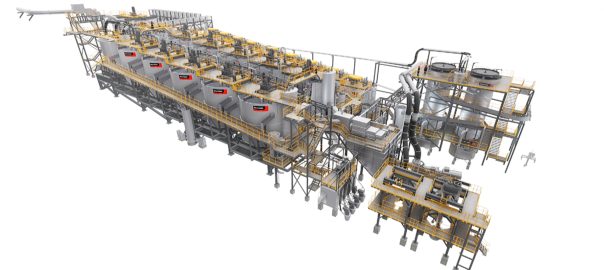In the January 2023 Spotlight Feature Article on South African Suppliers, we take a look at how mining equipment and service suppliers in the rainbow nation are regaining global admirers through the development of innovative solutions, a reliable supply chain and tried-and-tested product development.
